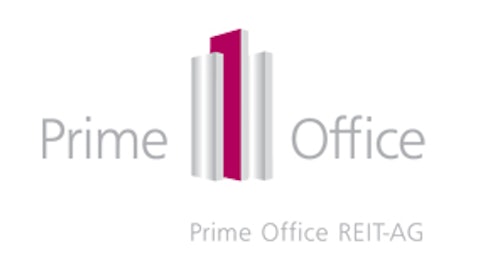With my next graph, I add monthly closing stock prices that reveal how overvalued Medtronic was prior to the Great Recession. Although I admired Medtronic greatly, the stock was significantly overvalued (the price significantly above the orange earnings justified valuation line). Therefore, I placed it on my pending deeper due diligence list, but refrained from exerting too much time or effort until valuation came into alignment. However, once the price aligned with earnings in October 2008, I began getting serious about digging deeper into this excellent company.

Once valuation became sound, my next step was to click on the link to the company’s website provided at the top of the graph. Once I’m in the company’s website I immediately look for the investor relations section. Although I can also find the company’s financial reports here, I save that tedious task for later. What I look for instead are any presentations that the company may provide. I am especially interested in presentations made at investor conferences or analyst days.

My reasoning is based on the recognition that these are the same presentations that analysts attend and represent the base of information they will utilize when preparing their estimates of the company’s future earnings growth. Therefore, I can avail myself of the same information that analysts receive which I can later use as a basis for my own judgments regarding the accuracy of their estimates. The following slides represent excerpts of a presentation that my example company Medtronic made at a Sanford C. Bernstein conference in New York City on May 31, 2013.



Of course it’s important to point out that I recognize these presentations by the company’s management team are designed to put the company’s prospects for the future in the best light possible. However, I simultaneously realize that they are also chock-full of factual information about the company, its business model and its product lines.

Next, and after reviewing any presentations I find interesting, I will spend time reviewing other sections of the company’s website in order to better familiarize myself with the company. In addition to trying to learn more about the company I will always include a review of the company’s management team. Here is a link to the executive management team of Medtronic.
After I have finished reviewing the company’s website I will turn to reviewing additional information from independent sources. As I previously stated, investors today have the luxury of numerous sources of independent financial information at their disposal. These include, but are not limited to, financial websites such as Google Finance, Yahoo Finance, MSN Money, and many others where an abundance of additional financial information is readily available. These include current news and press releases regarding key developments or announcements about the company.
As an important aside, I am at this point still looking for factual information over opinions. Therefore, I will ignore reading any articles presenting opinions about the company as I will save those for later during the final stages of my due diligence process and effort. My objective is to keep as much bias out of my due diligence effort while I am still exercising my own personal independent fact gathering.
However, since it is facts that I am now after, I will attempt to organize and gather all of the financial and fundamental information that is available to me. Of course, as regular readers of my work would expect, I personally rely on F.A.S.T. Graphs and FUN Graphs (fundamental underlying numbers) to organize and reveal essential financial information that cumulatively will be vital regarding my ability to make a sound investing decision. Of course, it is only fair for me to recognize and disclose that there are many other fine research tools available.
At this point in my due diligence process my focus is on ascertaining the financial health and strength of the company. Therefore, I now turn to a review of the company’s balance sheet, cash flow statement and income statement. Of course, this can only be accomplished through a review of the company’s financial statements found in their annual and quarterly reports. Since this can be a tedious and time-consuming task comprised of digging through and pouring over financial reports and spreadsheets, I developed FUN Graphs to make the task easier, more efficient and fun (pun intended).
The following example 10-year FUN Graph on Medtronic graphs key components of their balance sheet. (Note: In all the FUN Graph examples in this article, I have included a snippet of the navigation bar and placed it to the left of the graphs.) These include assets per share (atps), cash and equivalents per share (cashps), debt long-term per share (dltps), debt per share (dtps) and invested capital per share (icaptps). Although I can look at each of these balance sheet items one at a time, the following is offered as a sampling of the information I feel is important to review.






